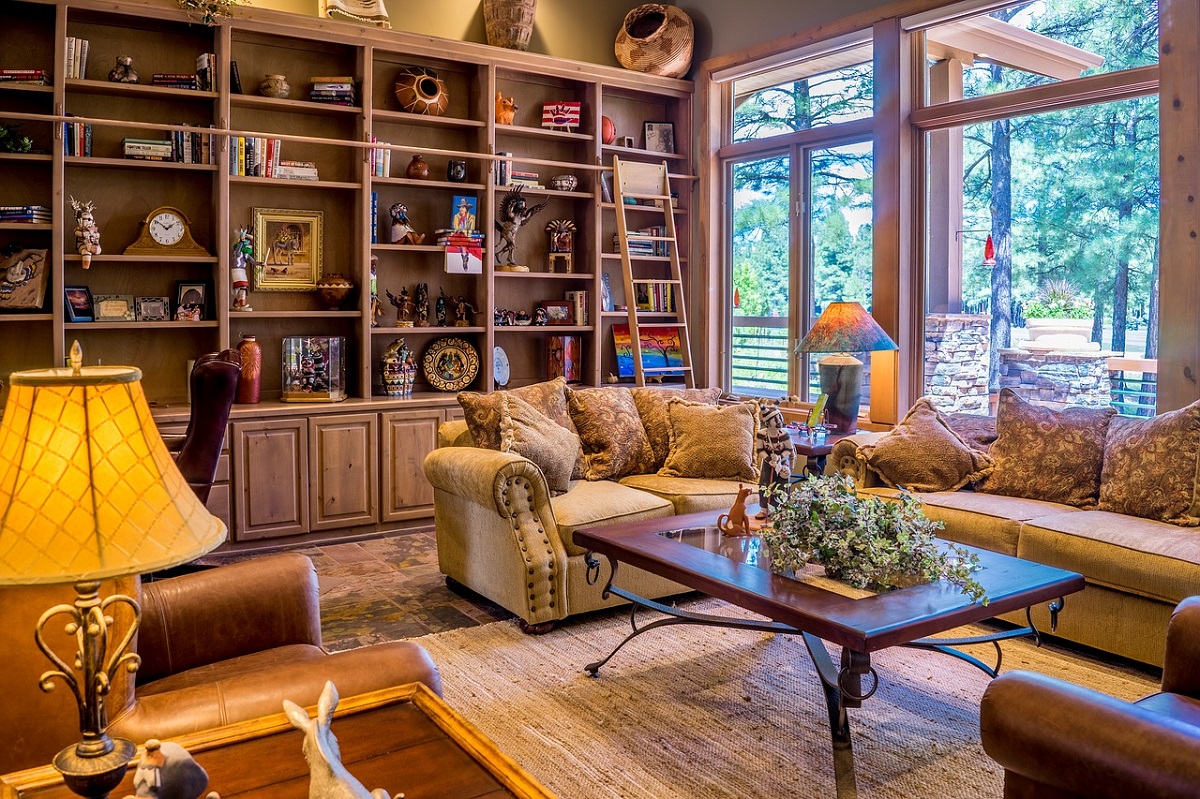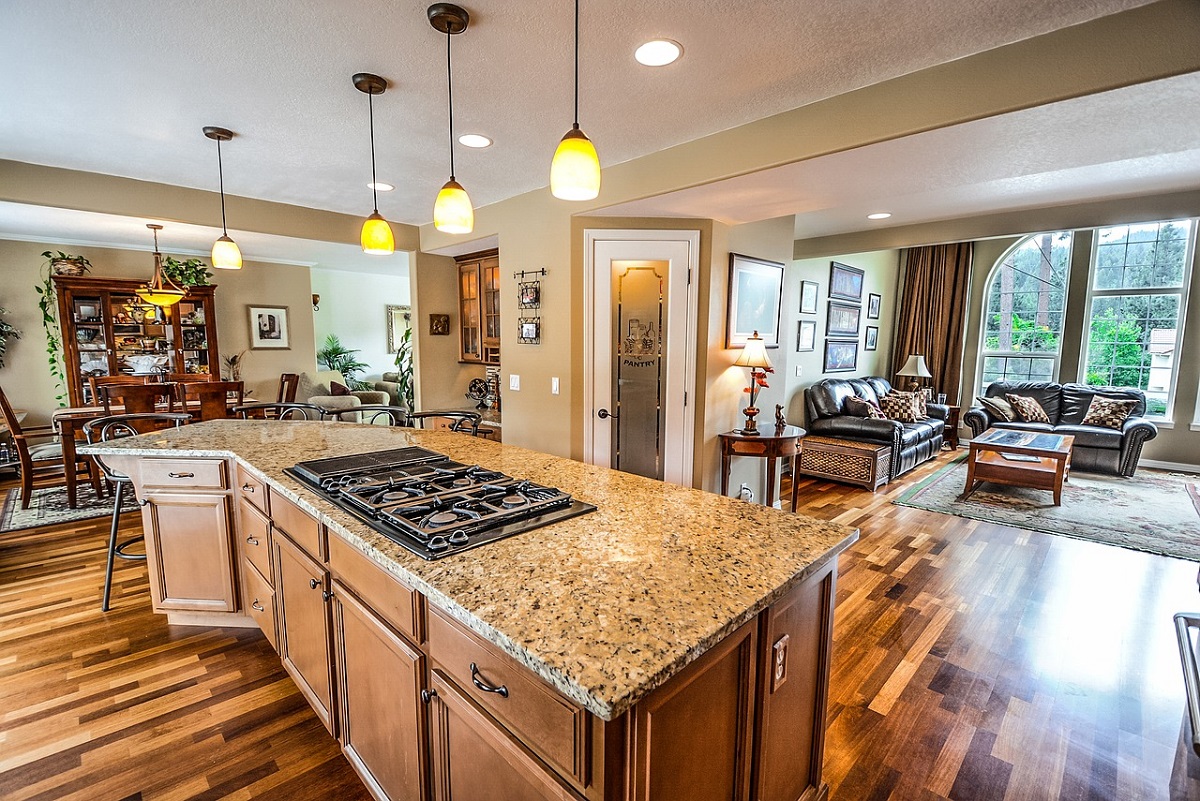What are the basic principles of home design?
- Balance
- Harmony
- Proportion
- Scale
Thinking of designing your own home? Well, you’ve come to the right place. It’s easy to come up with grand ideas about designing a home, but when it comes to the application itself, many of us may find some struggles as our concepts may not match some real-life standards.
Many of us may have gotten dozens of design ideas just by passing by a furniture store. In this blog, you’ll learn about how to mix and match each furniture according to some key principles that will turn your home into a visual spectacle.
Balance
When it comes to home design, balance is one key principle that instantaneously catches the eye. This principle involves the distribution of evenness in a room. Though a play with balance must be done with a certain taste or concept. Because without a theme, the sense of balance in a house’s design will render it boring.
When one talks about the weight of things in a room’s design, this refers to the aggregate visual effect of the combinations of items in a room. We’re talking about the size, color, texture, and shape of the objects. There are three different types of balance that are appealing to the eye: symmetrical balance, asymmetrical balance, and radial symmetry.
Symmetrical balance is often the approach when designing traditional-style interiors. This is often a common and one of the most natural ways of making your home interiors to look good. How does a symmetrically balanced house look? Well, a symmetrically balanced house is characterized by having similar objects and furniture that match one another in terms of color. You might even notice that houses that utilize symmetrical balance often have the same objects in a room place in the exact opposite location in a room.
Asymmetrical balance is starting to rise in popularity. This is widely becoming the more appropriate approach when designing the interiors of a house. It may seem quite paradoxical but asymmetrical balance is achieved by placing dissimilar objects in a room, often times in sporadic order. This form of home design balance may be difficult to pull off due to the confusion of what objects can be placed in a room that can meet the standards of asymmetrical balance. But here’s a quick tip, place dissimilar objects in a room that have equal visual weight characteristics; that way the room will be more appealing to the eye.
Radial symmetry – this type of balance involves having all visual elements in a room focused on a certain area. This form of symmetry is uncommon, but a great example would be spiral stairs or a room with modern furniture from the Philippines along with other objects of design in one corner of a room.
Harmony
Harmony is when every element of an interior’s design work together to form a unified message of simplicity and beauty. This principle may be closely related to balance, what this means, exactly is that all parts of a room work hand in hand in order to complement each other.
The most common driving factor of a house to achieve harmony is to work with a general color scheme or various shades of the same color to develop a certain drama in the theme of your home. A tip to follow in order to achieve harmony is to stick to one color theme despite making use of a variety of objects with different sizes, shapes, and textures.
Proportion
Proportion talks about how the objects in your room, such as your furniture and other ornaments relate to each other in terms of ratios: size and shape. It may be difficult to get the proportions of furniture right in a room. But there’s an ancient formula which the Greeks would use to design their homes with proper proportions. This was called the Golden Section. The Golden Section states that the ratio of the smaller section to the larger section should be the same as that of the larger section to the whole. This key design principle of a room is often related to scale.
Scale
Scale is all about the relationship of sizes between objects in a room. The important difference between proportion and scale is that scale is how objects in a space look in comparison with one another while proportion refers to the way objects look in relation to the space they occupy. This is where you can see the true creativity of architects and interior designers.
There are usually standardized measurements for the scale of furniture. The standard height, length and width of tables, chairs, and shelves are all laid out in rules, but offsetting these standards is one way to get creative with your furniture and the given amount of space in a room. One who knows how to bend the rules and visually attract anyone with offset scales is one who truly has an eye for design.
Key Takeaway
Designing a home involves taking a few key principles into consideration, especially when you want to get fully immersed with the process. Following these principles will help you achieve visual beauty and how to make the most of the space that’s given.
Modern furniture in the Philippines is easy to work with in terms of themes and matching them with other types of furniture. If you’re looking to design your home with top-quality furniture, click here to find out more about one of the best furniture stores in the Philippines, Muebles Italiano.




